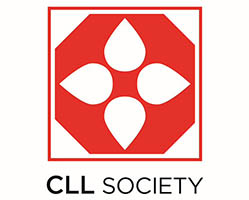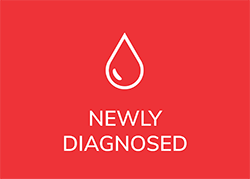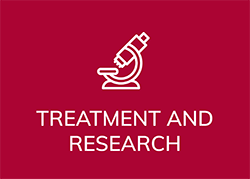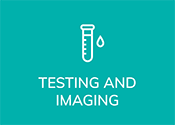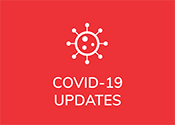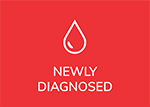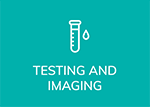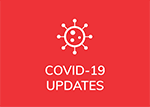Ask the Doctor Question:
I have to start my first therapy soon and living in Germany. First diagnosis in 2015 and until now, watch and wait. ighv mutated, trisomie12, birc3 mutation. WBC 60,000, platelets 100,000, Hämoglobin 10,5. Does acalabrutinib work in the birc3 mutation? Or is venetoclax obinutuzumab better? I would rather start with acalabrutinib because i don’t want to take an antibody because of COVID.
Answer: While BIR3 predicts for more aggressive disease, it does not predict for a differential responsiveness to any treatment with novel agents. Any of the novel agents should be efficacious and you should choose the one that best fits you.
